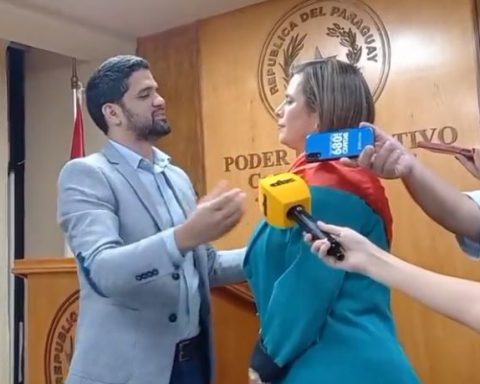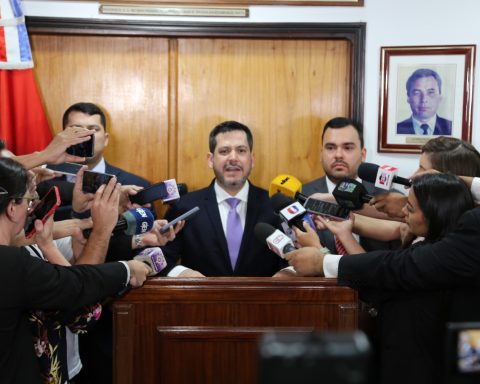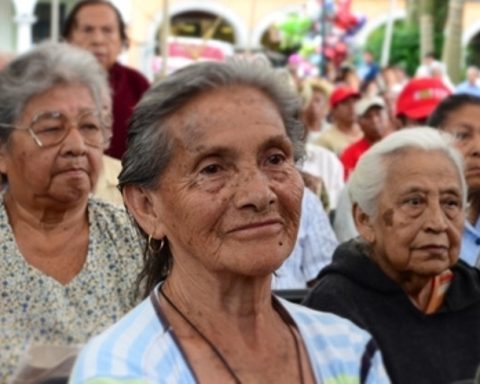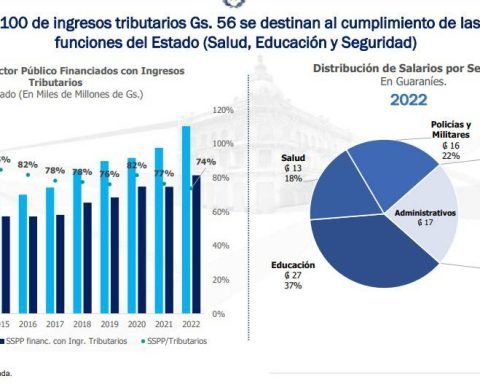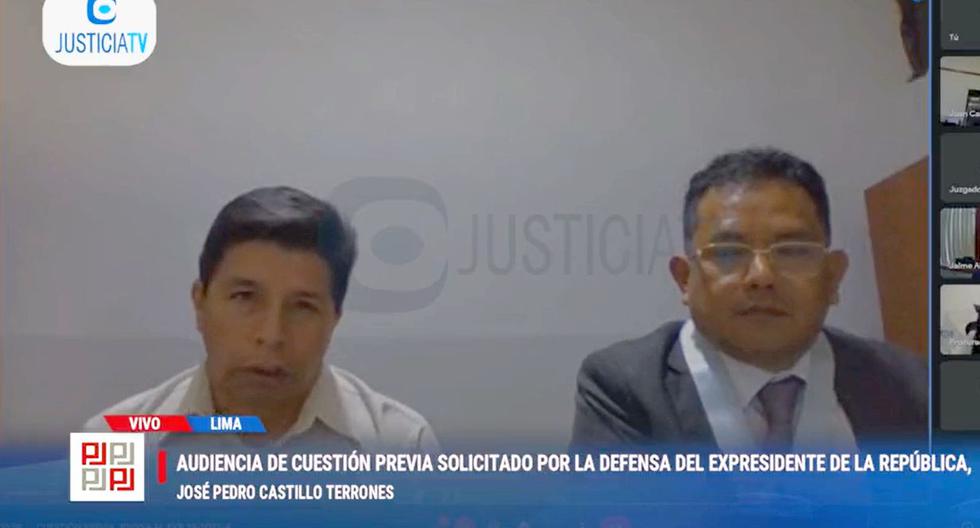In this context, Public Health reported that both the dengue like chikungunya They begin with fever, malaise, and muscle aches.
But, characteristically and from the first days of illness, with the chikungunya joint pains settle, such as hips, ankles and hands, as well as the spine and typically both joints at the same time.
The dengue is self-limited in no more than ten days and, generally, it does not leave sequelae.
On the other hand the chikungunya has three stages that can be well marked; an acute phase, which lasts around three weeks, a subacute phase, where there is no fever, but there may be persistence and recrudescence or worsening of joint pain, and also a chronic phase, which can last from several months to even a few years .
Read: Health Units join in coordinated action to combat chikungunya
TYPES OF PHASES
*Acute phase: Duration between seven to ten days.
Symptoms: fever, pain and swelling in the joints, which can be mild to severe. This joint pain mainly affects the hands and feet. It can also affect ankles and other joints.
Most of the time, it is accompanied by a rash or cutaneous erythema (redness of the skin), which can worsen with sun exposure. These manifestations generally occur at the beginning of the disease, unlike dengue, which usually present at the end. Given the persistence of symptoms, it is necessary to return to the medical consultation.
*Subacute phase: From 20 to 40 percent of cases can progress to this phase, which can last up to three months.
Fever is no longer registered but yes articular manifestations. If this lasts more than three months, enter the next phase.
Some people with ahistory of osteoarticular pathology, known or not, and also people with an intense acute phase (high fever, disabling arthritis) would have a greater risk of persisting with the symptoms in this phase.
*Chronic phase: A significant proportion of patients (40-80% according to some series) can manifest symptoms beyond 3 months.
Read More: Otitis: Do not self-medicate or put anything in the ear, specialist recommends
In this phase, joint pain persists. There may be a feverish feeling from joint inflammation, both in the sub-acute and chronic phase.
As an important measure to try to prevent going to a chronic stage, proper management of pain and joint involvement is recommended. Rest, local cold and early functional rehabilitation.
It should be noted that the disease does not recur, but the person may be passing the different levels of the three stages.
“Prevent before cure”
The only alternative to prevent these diseases is avoiding the proliferation of the vector mosquito, the Aedes aegypti.
For this purpose, a permanent revision of the houses must be made, both inside and in the patio, to make sure that there are no breeding sites, which can put all the members of the family and the neighbors at risk.
The same recommendation applies to communities, with the promotion of vector control, through coordinated work between organized neighbors, in order to keep neighborhoods free of breeding sites, promoting and maintaining healthy environments.
Nor should local and departmental governments neglect their responsibilities in the fight against vectors.
Also read: First batch of new Covid vaccines coming soon
Personal care:
Use of repellents, mosquito nets. Go to the pediatrician for the use of repellents in children under six months of age.
The Ministry of Health reminds the population that they should immediately go to the nearest health center if they have any of the aforementioned symptoms, and avoid self-medication.
More about chikungunya
• The origin of this word comes from the African language Makonde, which means “double over in pain”
• The chikungunya fever It is a disease caused by the chikungunya virus (CHIKV) and transmitted mainly by Aedes aegypti and Ae. albopictus, the same species involved in dengue transmission.
• It is not transmitted from person to person, the virus needs a vector -a means of transport-, which is the mosquito.
• Only can you have chikungunya once, then the antibodies that will be responsible for protecting people are developed. Based on the evidence available so far, there would be lifelong immunity.
• The cases of death from chikungunya they are very rare and are almost always related to other existing health problems.
• The mothers who have chikungunya during pregnancy they do not transmit the virus to their babies. However, maternal transmission to the newborn has been documented when the mother presents fever just days before or at the time of delivery.
Information for health personnel:



